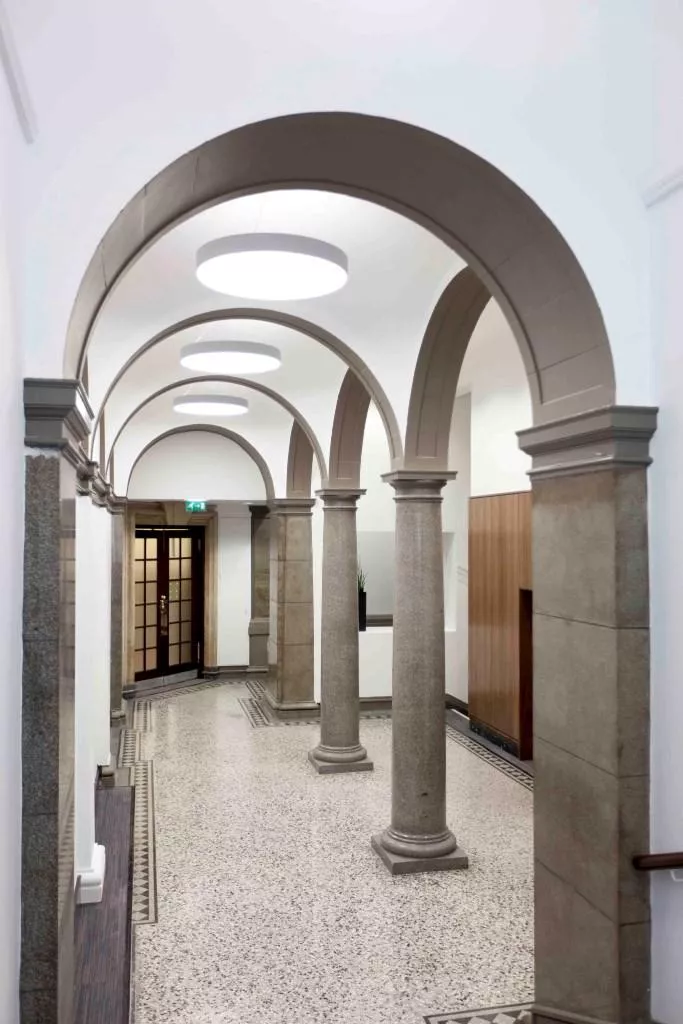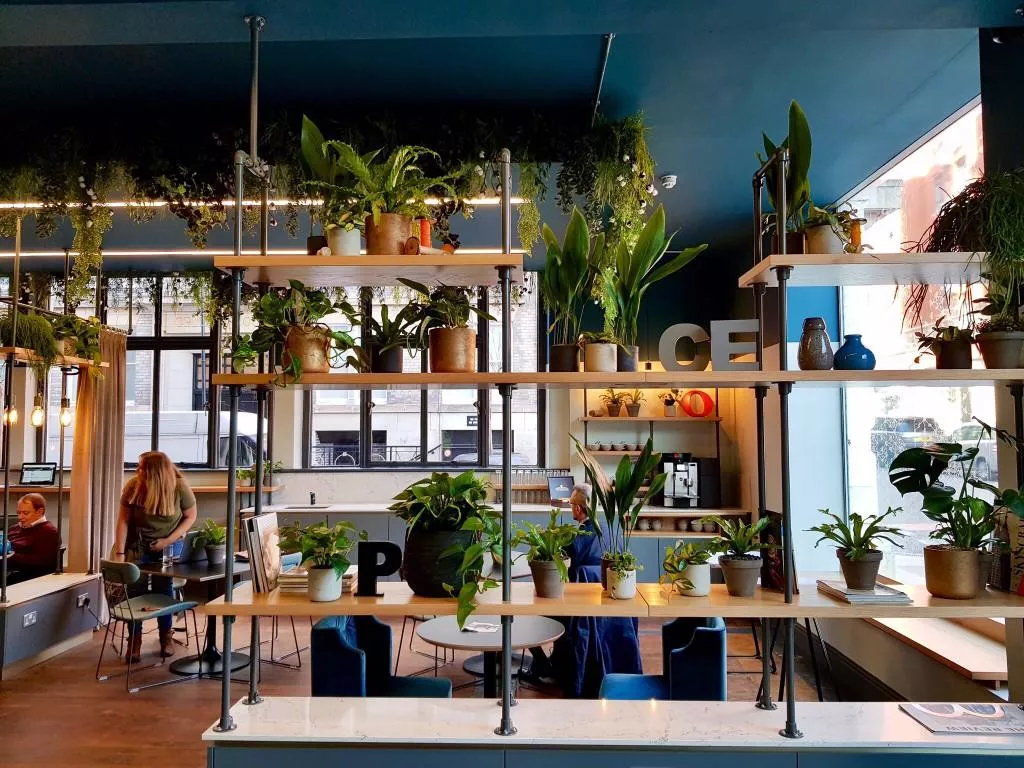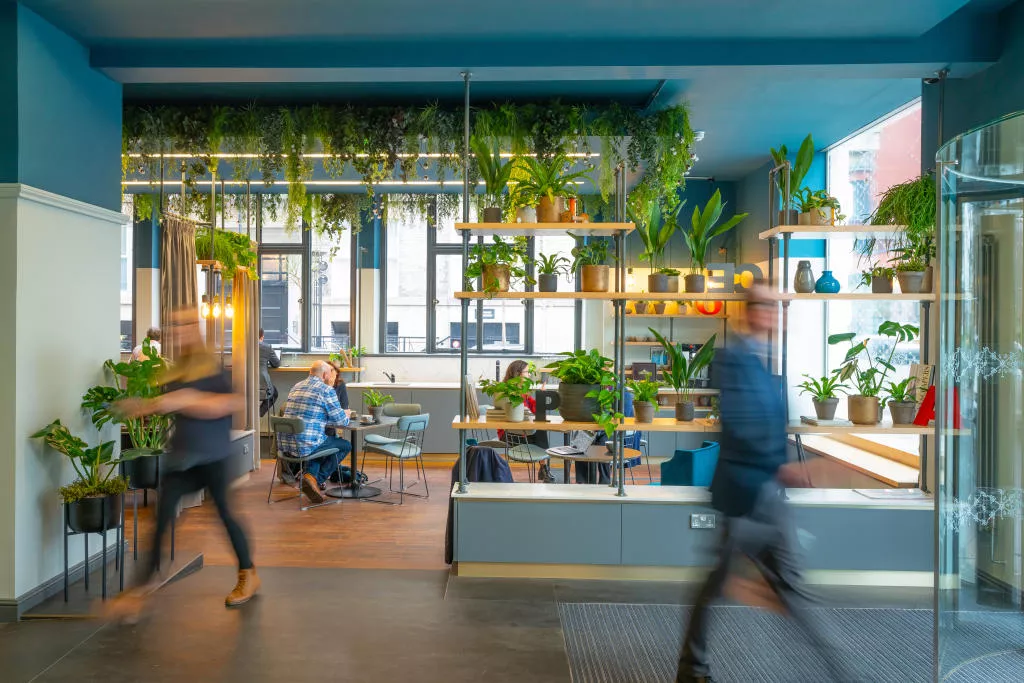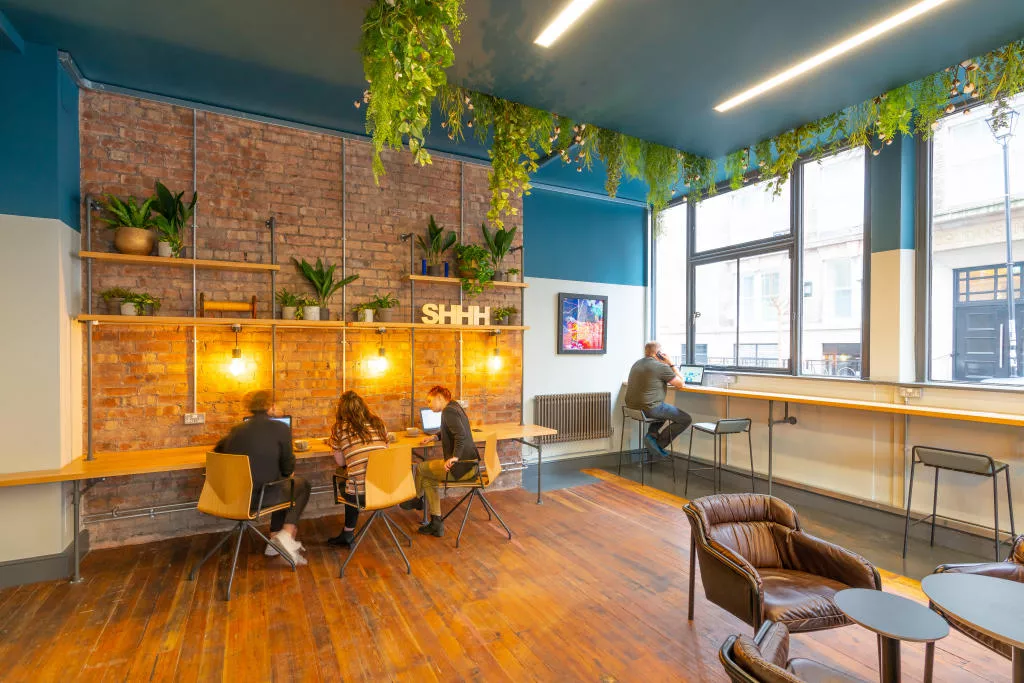Old Hall Street, Liverpool, Merseyside, L3
Key features
- Heart of Liverpool CBD
- Flexible terms are available
- Dedicated onsite management team
- Bike stores
- Meeting rooms
- Function rooms
- 24/7 access
- Variety of specifications
Property description
Cotton Exchange is one of Liverpool's well-loved and iconic buildings in the city center, and one of the great attractions of the building is its character and history.
The Cotton Exchange was built in 1906 and was once the center of the cotton trading world, housing Liverpool's thriving cotton exchange, with telephones and direct cables going to New York, Bremen, and even Bombay.
The original ornate façade of the building was replaced in the late 1960's with Cotton House office space. The statues that once adorned the façade can still be found round the building. There are reminders of its intriguing history to be found throughout, from the cotton emblems on Edmund Street to the old granite columns within some of the office space.
The building has been refurbished with a brand new stunning reception entrance opening onto Bixteth Street, which has unlocked many of the building's period features including the restoration of the original internal domes. The striking Terrazzo floor has been carefully restored and has produced a spectacular, enticing walkway running throughout the ground floor. It has also removed the suspended ceiling to reveal a vaulted ceiling with ornamental domes.
The end result is an open and inviting new heart in one of the most historic buildings in Liverpool—an inspiring mix of classic design, yet perfectly suited to modern business.
Technical specification varies on a suite by suite basis but all offices are finished to the same high standard. Outlined below are some of the key specifications found throughout the building.
- Flexible suites from one person to two hundred people
- Newly refurbished offices
- 3 part perimeter trunking
- Recessed modular lighting
- 24 hour access
- Lift access
- Refurbished common parts
Location:
Located on Bixteth Street, Cotton Exchange sits at the heart of Liverpool's new commercial district.
The building is surrounded by a wealth of amenities and transport links. Liverpool John Lennon Airport is just a short journey away and with both Liverpool Lime Street and Moorfields train stations within walking distance, the building provides access to all major UK cities.
With a Starbucks on-site, and a Tesco and Sainsbury's just minutes walk away, Cotton Exchange offers pretty much everything you need, all on your doorstep.
Keppie Massie are not able to advise in relation to matters and obligations regarding fire combustibility, resistance or protection. Keppie Massie do not provide any assurances regarding current or future fire regulatory requirements in respect of the property and that may impact upon future occupation, safety or maintenance and associated costs. All interested parties should rely on their own enquiries in this respect. Prepared February 2020. Regulated by RICS.
No reviews found

































